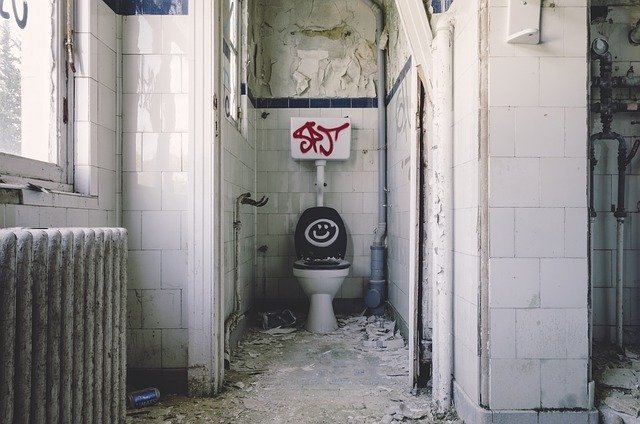The see-through public toilets allow visitors to see inside the bathroom, witnessing any dirt, grime or even people that could be hiding inside. What many don’t realise at first, however, is that these transparent loos are made of ‘smart glass’, turning opaque once locked from inside. So, there is no possibility of the public spectating your private moment.
When you can view how little dirt there is on the inside of the bathroom before actually entering, you’re immediately made more comfortable, and even more importantly, knowing that others will see the mess you’ve left behind is enough of a precaution to clean up after yourself.
Shigeru Ban, the Pritzker Prize-winning architect behind this installation which includes two public toilets, said: “This allows users to check the cleanliness and whether anyone is using the toilet from the outside.”
The bathrooms have been installed as part of The Tokyo Toilet project, which is redesigning 17 of the city’s public bathrooms with various designers, in parks including the Haru-no-Ogawa Community Park and the Yoyogi Fukamachi Mini Park, where the current transparent toilets are located. In the former park, the toilet glass is tinted with green and blue to complement the natural surroundings, whilst the latter features vibrant shades matching nearby playground equipment.
Not only are the toilets practical, clean and safe, they also act as works of art, especially at night when “they light up the parks like a beautiful lantern”.
The entire project has been launched by a Japanese nonprofit organisation, The Nippon Foundation, which aims “to build public toilets that can be used by anyone”, with designs that are “accessible for everyone regardless of gender, age, or disability, to demonstrate the possibilities of an inclusive society”.
Other participating designers and architects in The Tokyo Toilet project include Kengo Kuma, Marc Newson, Sou Fujimoto, and Toyo Ito.
“Other countries should follow suit, viewing toilets as practical pieces of artwork”
Whilst some may worry of technological malfunctions which stop the toilets transforming to opaque, others have comfortably adapted to this new image of public toilets, featuring safety, privacy and cleanliness all in one. Perhaps other countries should follow suit, viewing toilets as practical pieces of artwork rather than denigrated and anxiety-inducing street furniture?
Critics have suggested toilet-related issues in other Japanese cities, and even around the world – considering two billion people do not have access to toilets or latrines (according to data by the World Health Organisation, 2019) – are more problematic than in Tokyo, and therefore require greater attention than the new displays. We must admit, however, that it’s a start, and one that could make a difference to how the public generally view public bathrooms.
Meg Amin
Tweet to @_meghnaamin
Feature image obtained through Creative Commons

